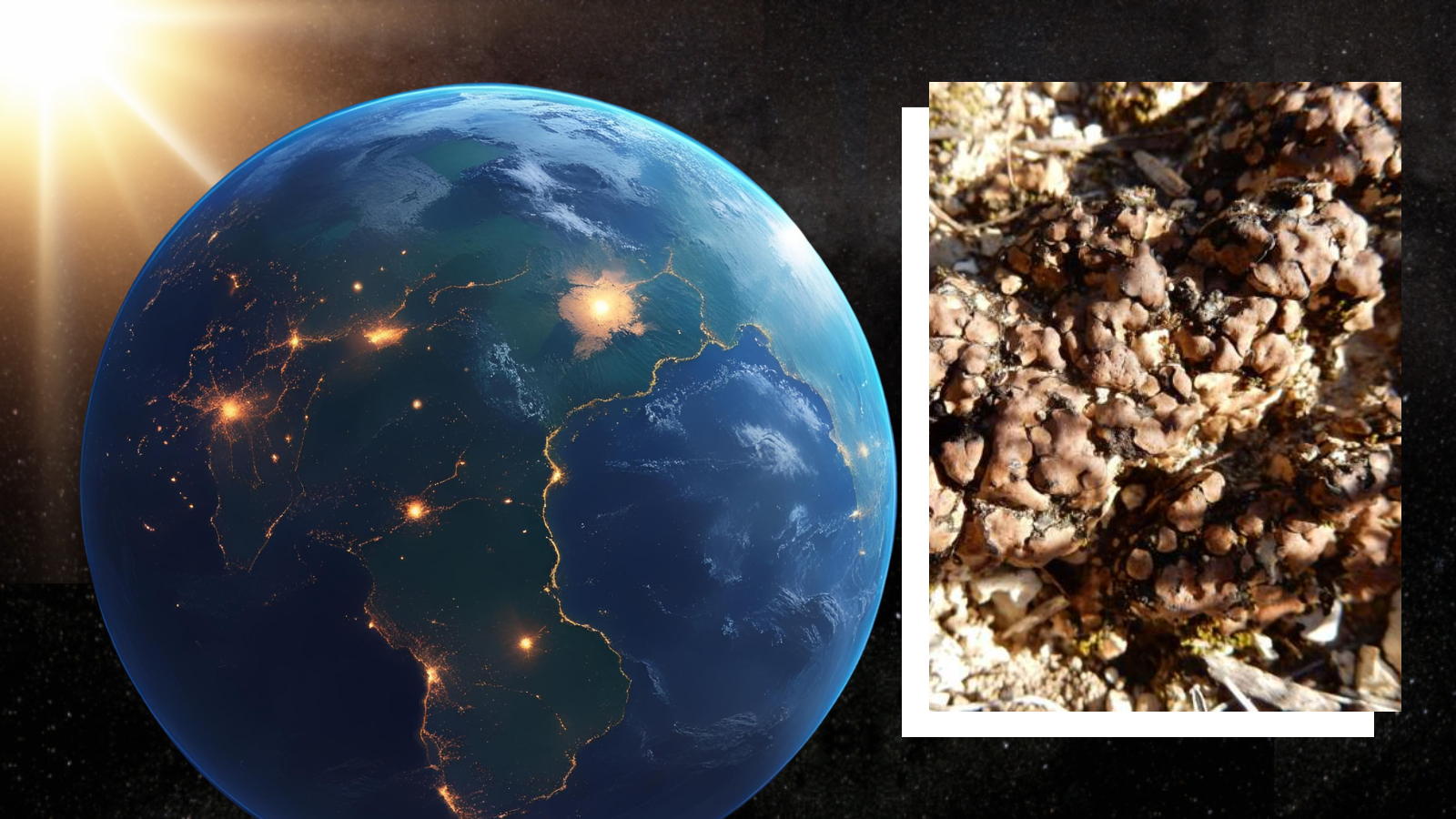NASA Airborne Radar 'Sees' Inside Hawaii Volcano

Anyone can walk alongside the creeping lava on Hawaii's Mount Kilauea. But NASA is taking a different look at the volcano — from way overhead.
From 41,000 feet (12,500 meters) above Kilauea's smoldering craters, an airborne radar developed by NASA's Jet Propulsion Laboratory will help measure the magma inside of the volcano, which just began its 30th year of continuous eruption from one of its vents.
This mission has returned to Hawaii for the third time to see how the volcano's surface is changing, which holds clues about what's happening inside the world's most active volcano.
"There's always something going on," said Paul Lundgren, a geophysicist at JPL and leader of the mission. "Usually even if it's not having a specific eruption it's usually following an eruption or about to erupt, where you're having some surface deformation going on."
Surface deformation is what the Uninhabited Aerial Vehicle Synthetic Aperture Radar, or UAVSAR, is measuring. Mounted in a pod under NASA's G-III research aircraft from Dryden Flight Research Center in Edwards, Calif., the radar returned to Hawaii's Big Island on Jan. 7 for a one-week airborne campaign.
By understanding the processes at work inside Kilauea "we can also hope to prevent natural disasters or mitigate hazards that they pose to local populations," Lundgren told OurAmazingPlanet.
UAVSAR uses a technique called interferometry that sends pulses of microwave energy from the sensor on the aircraft to the ground to detect and measure very subtle deformations in Earth's surface. When volcanoes inflate or erupt, magma is moving in or out of the volcano. By measuring how the surface moves during these deformations, scientists can get a good idea how much magna is inside Kilauea, Lundgren said.
Breaking space news, the latest updates on rocket launches, skywatching events and more!
UAVSAR previously studied the region in January 2010 and May 2011. Those two sets of observations successfully imaged the surface deformation caused by the March 2011 fissure eruption in Kilauea's east rift zone.
Flights this month will trace the same path as the two previous years to measure deformation of the volcano since the March 2011 eruption and as part of future studies of the volcano's changing deformation patterns due to volcanic activity.
This story was provided by OurAmazingPlanet.com, a sister site of SPACE.com. You can follow OurAmazingPlanet staff writer Brett Israel on Twitter: @btisrael. Follow OurAmazingPlanet for the latest in Earth science and exploration news on Twitter @OAPlanet and on Facebook.
Join our Space Forums to keep talking space on the latest missions, night sky and more! And if you have a news tip, correction or comment, let us know at: community@space.com.
Brett Israel was a staff writer for Live Science with a focus on environmental issues from 2009 to 2013. He holds a bachelor’s degree in biochemistry and molecular biology from the University of Georgia, a master’s degree in journalism from New York University, and has studied doctorate-level biochemistry at Emory University.

